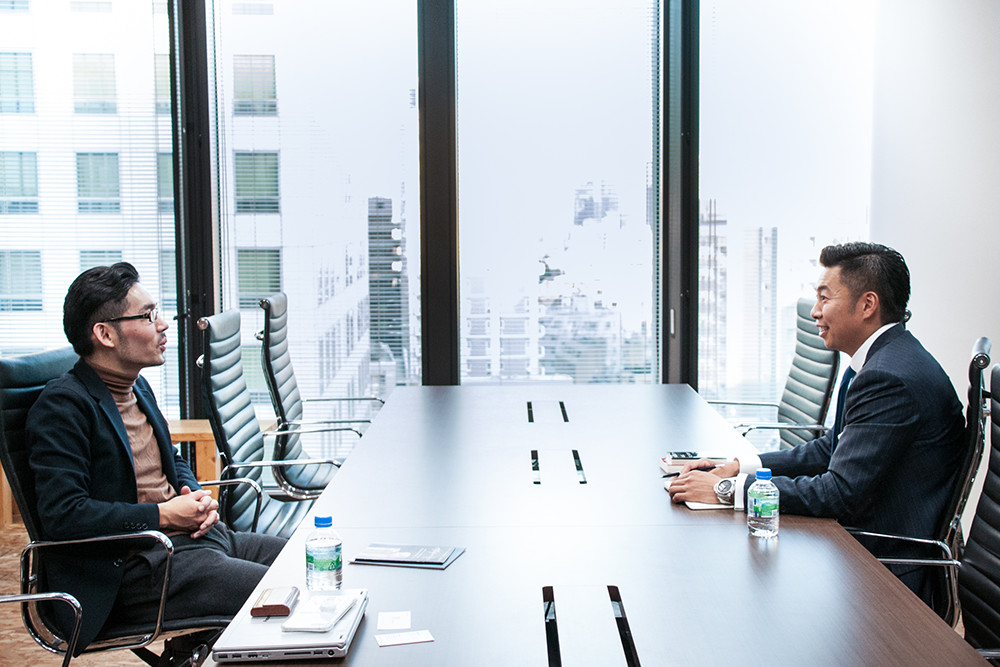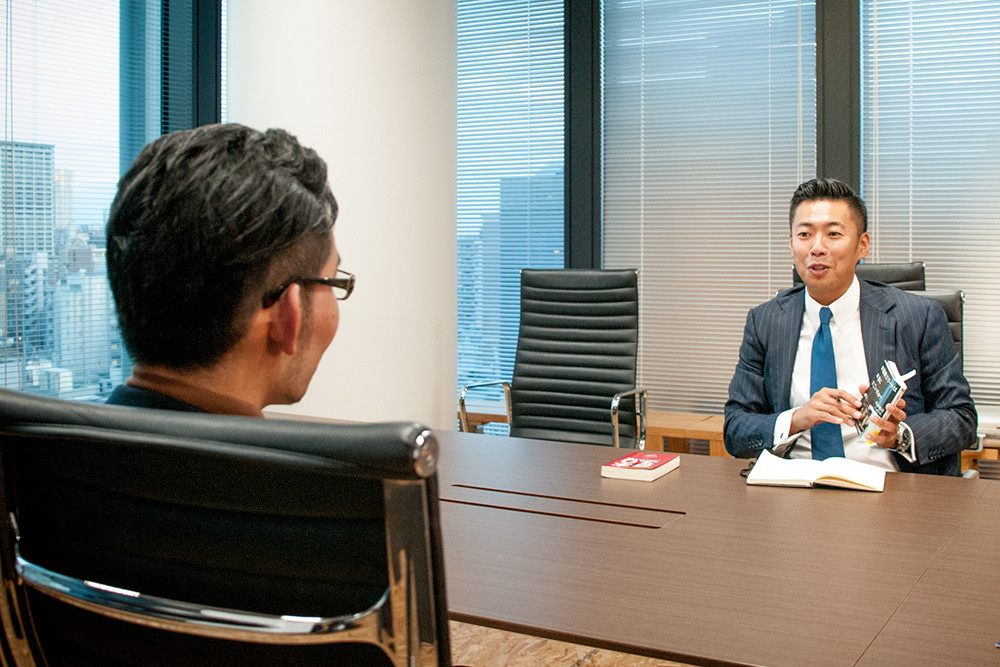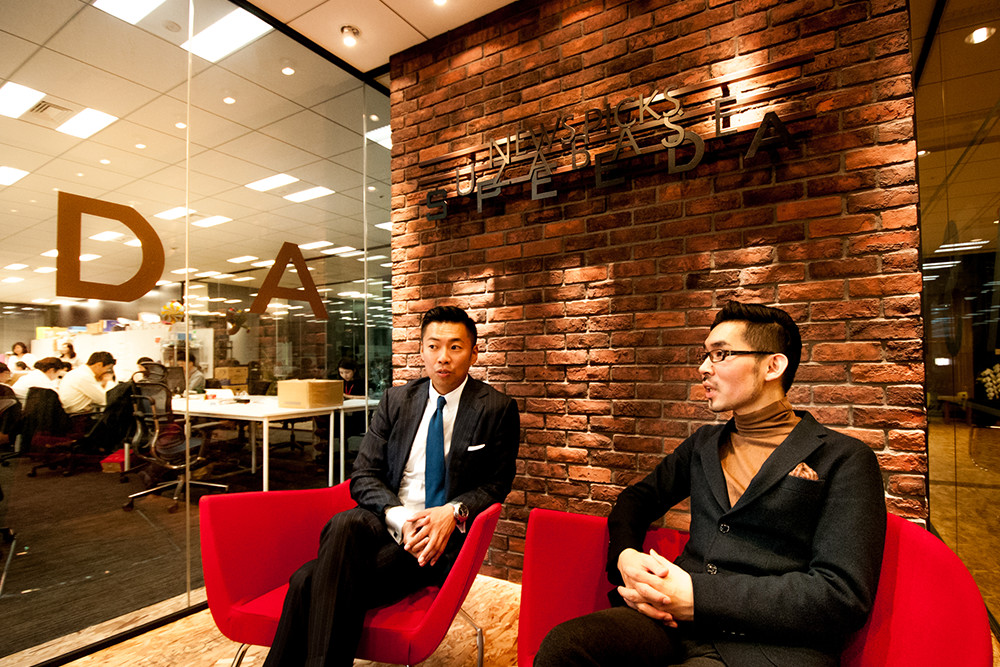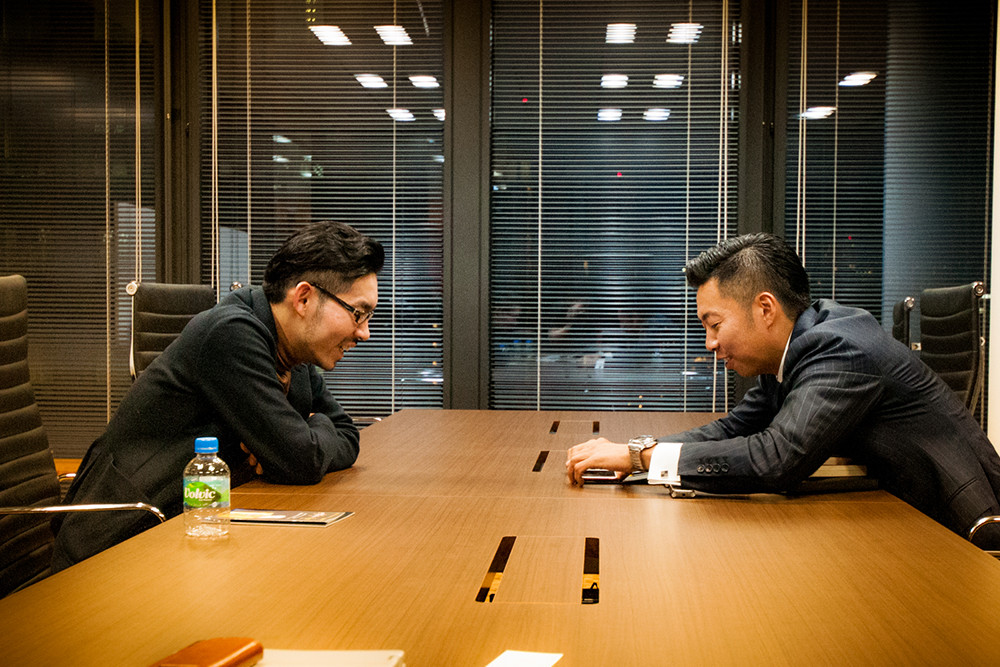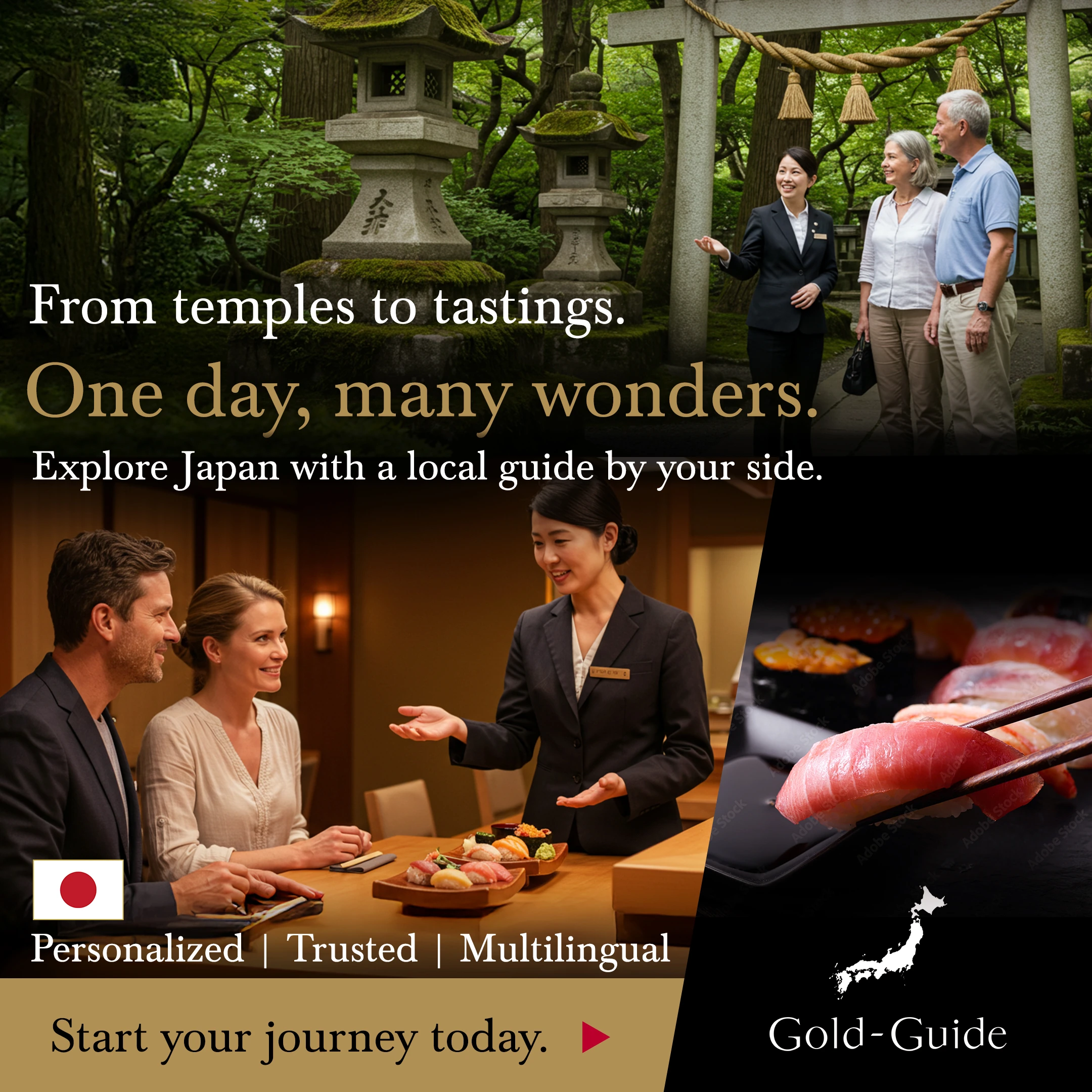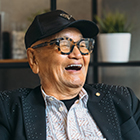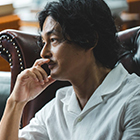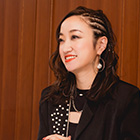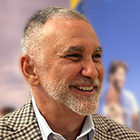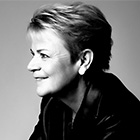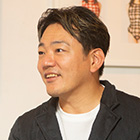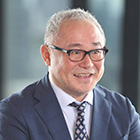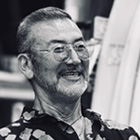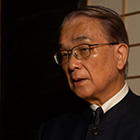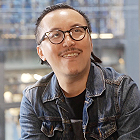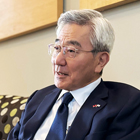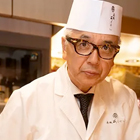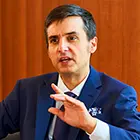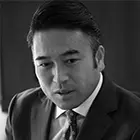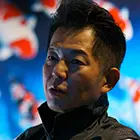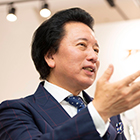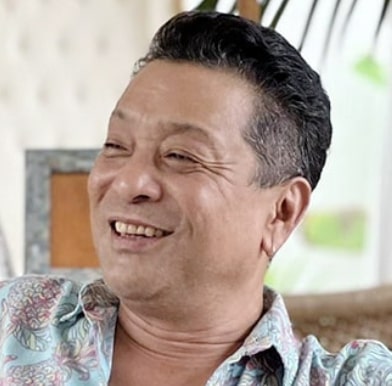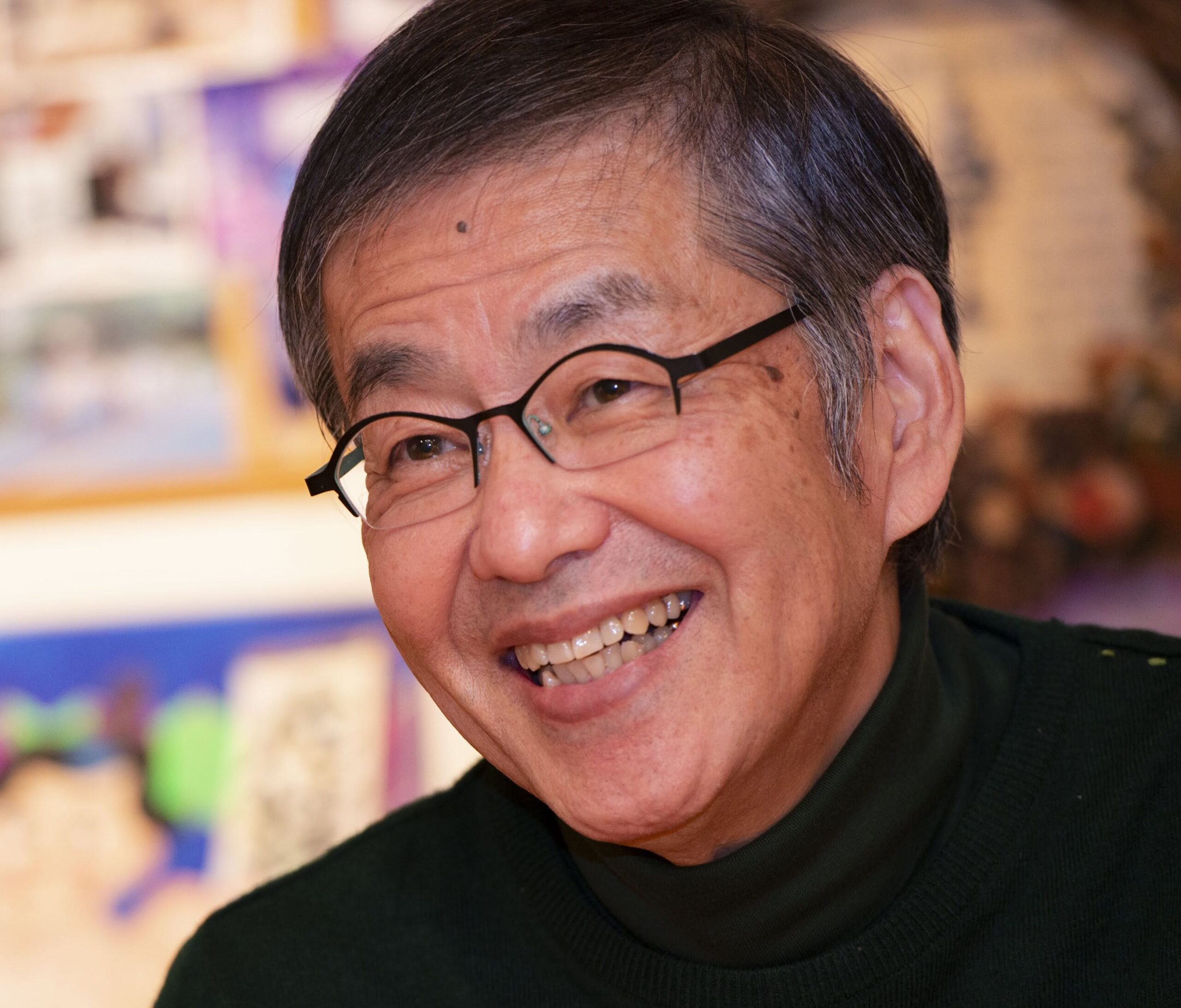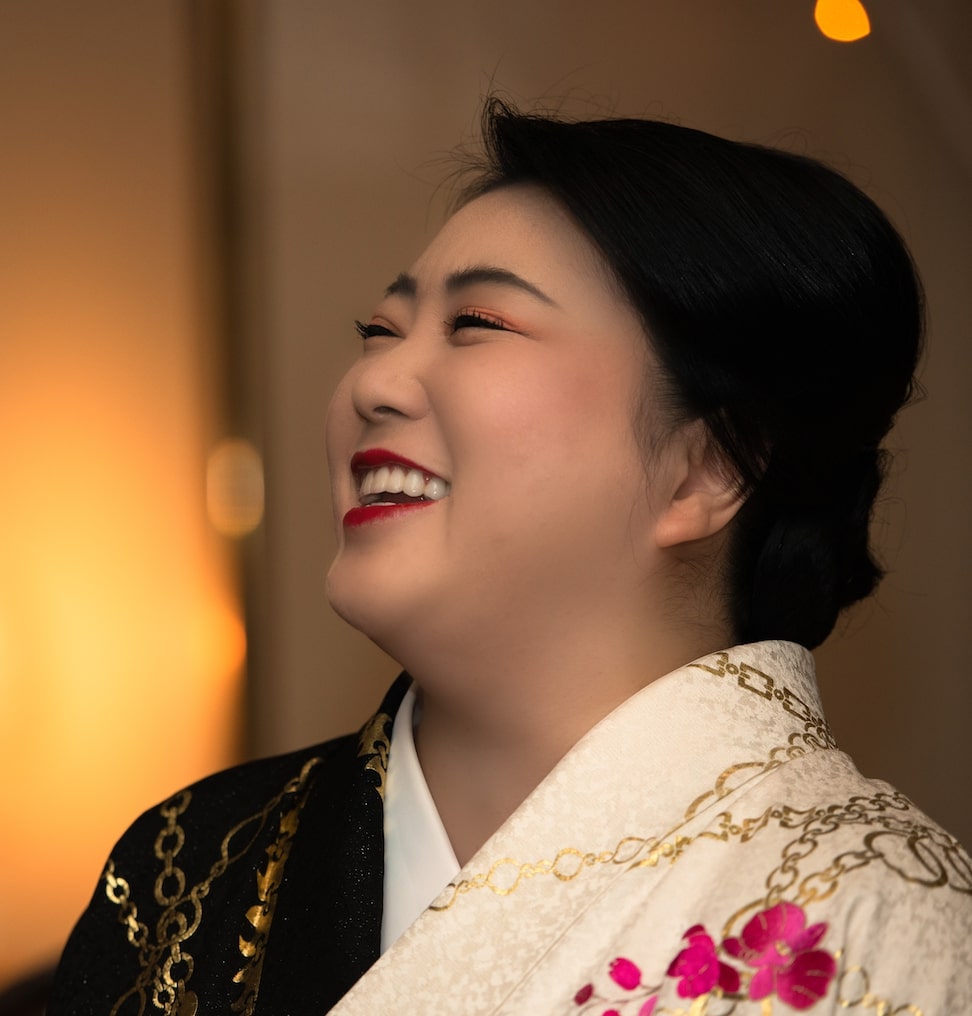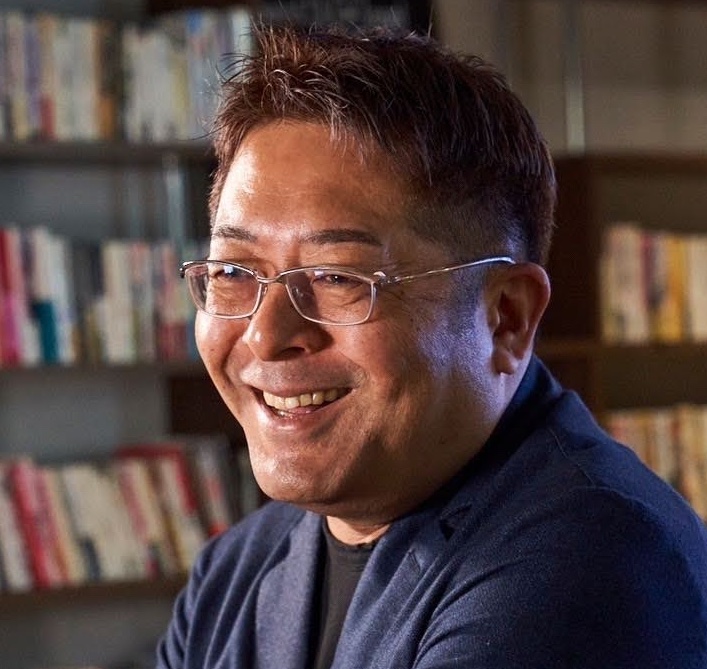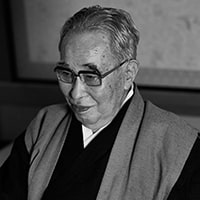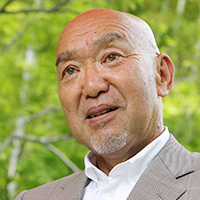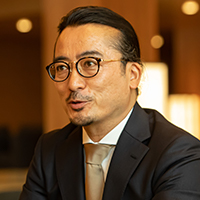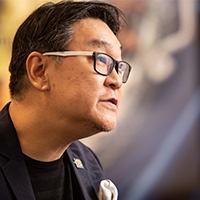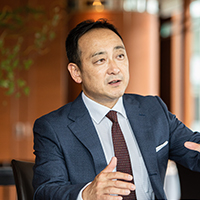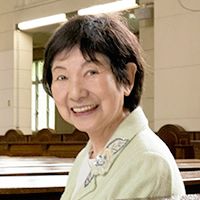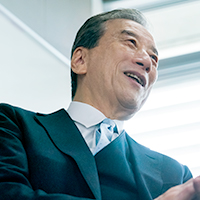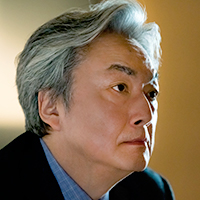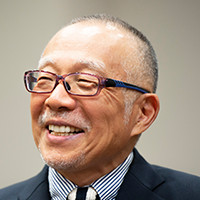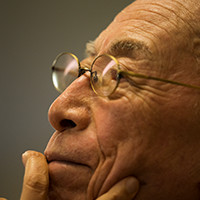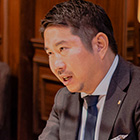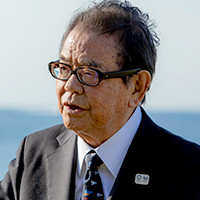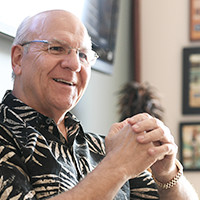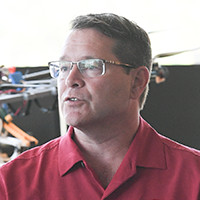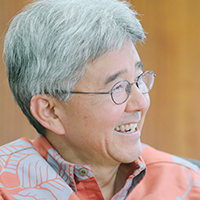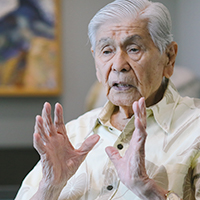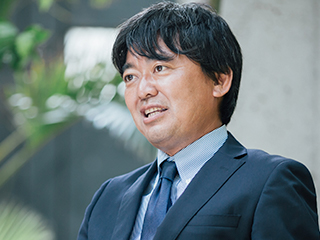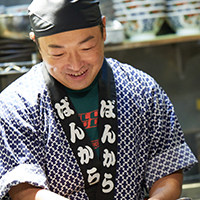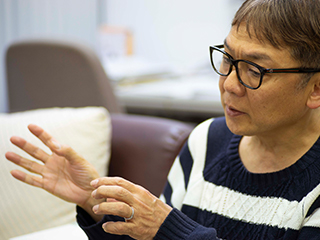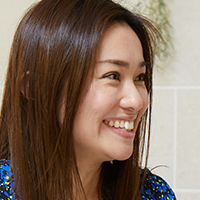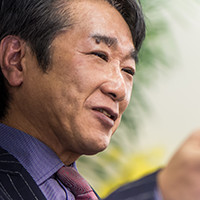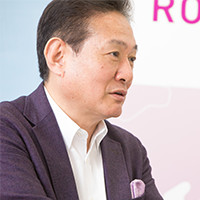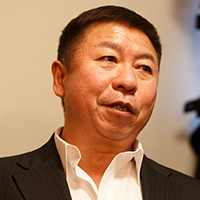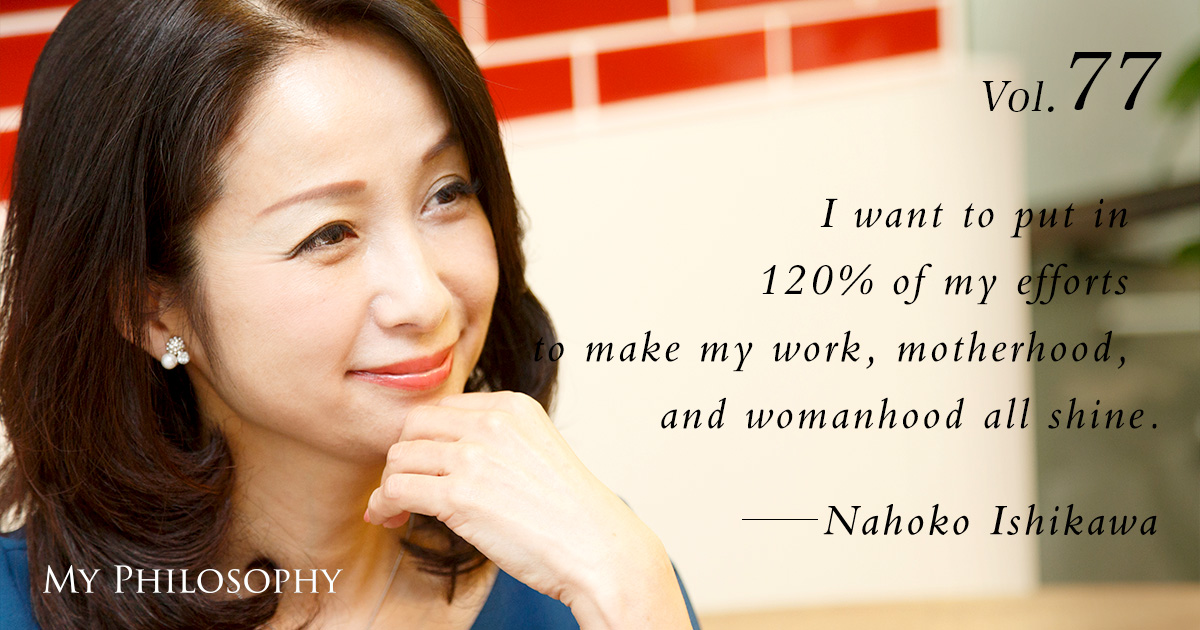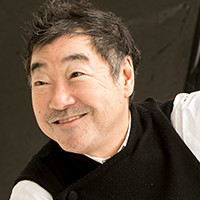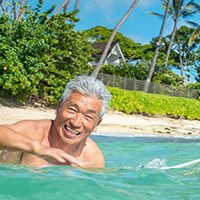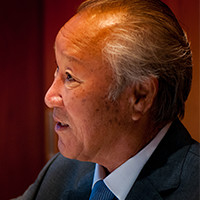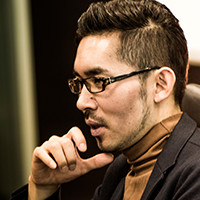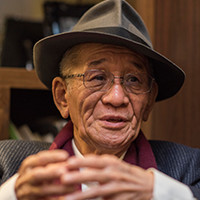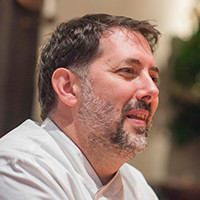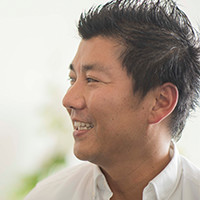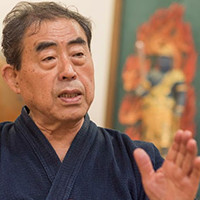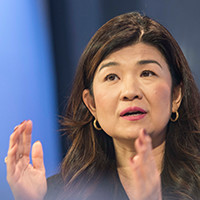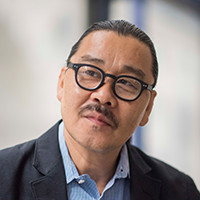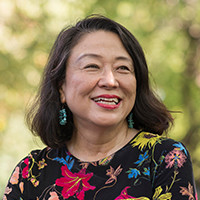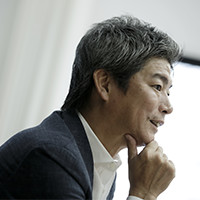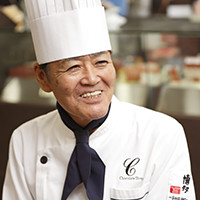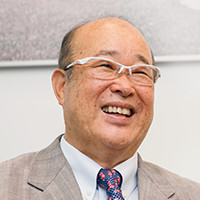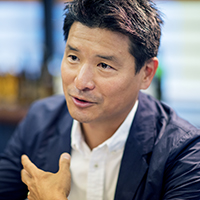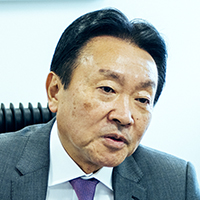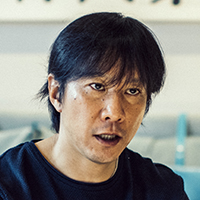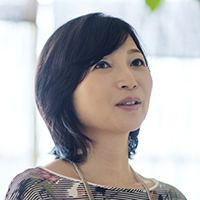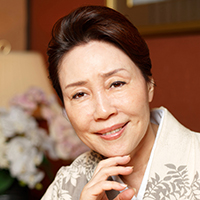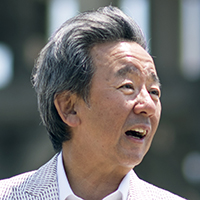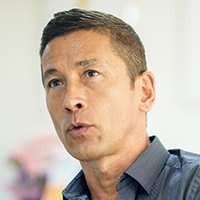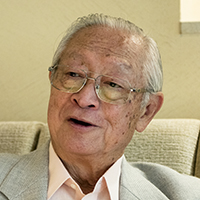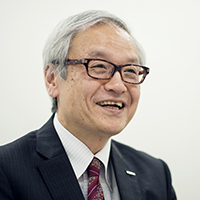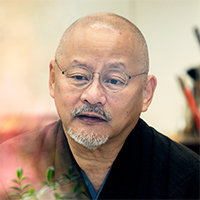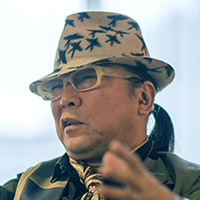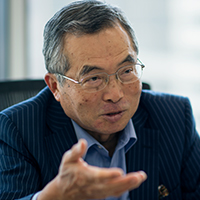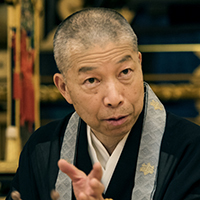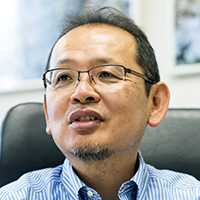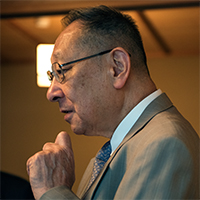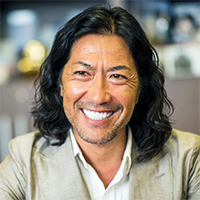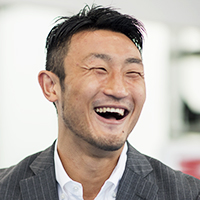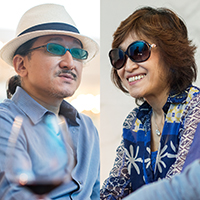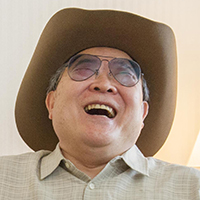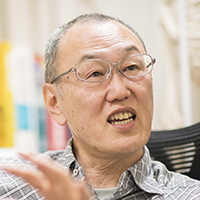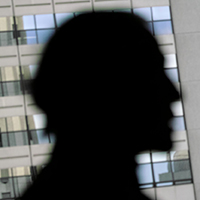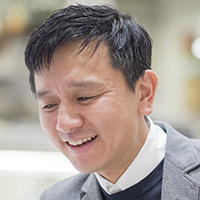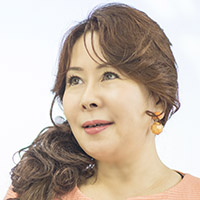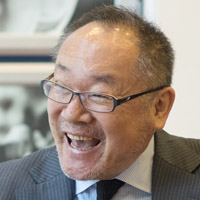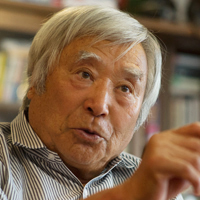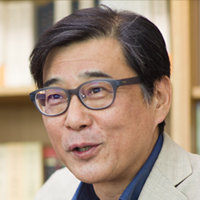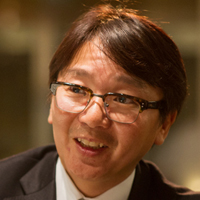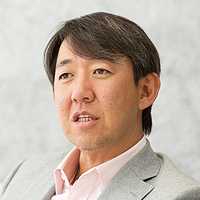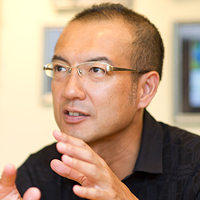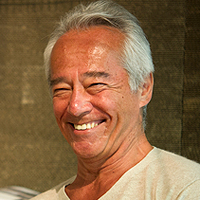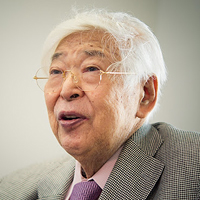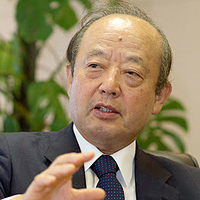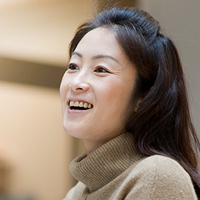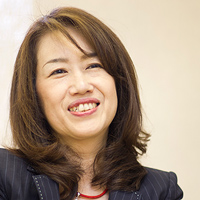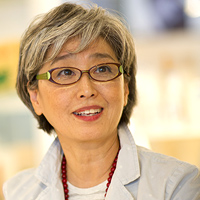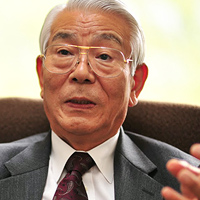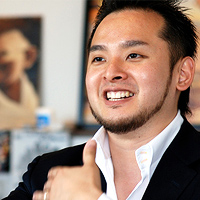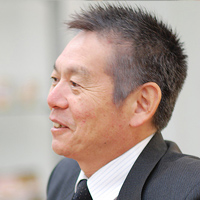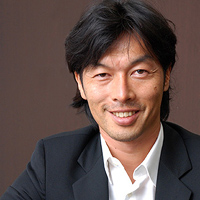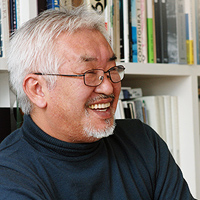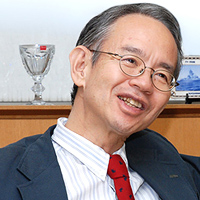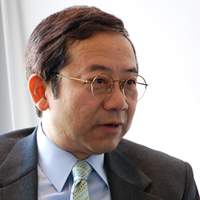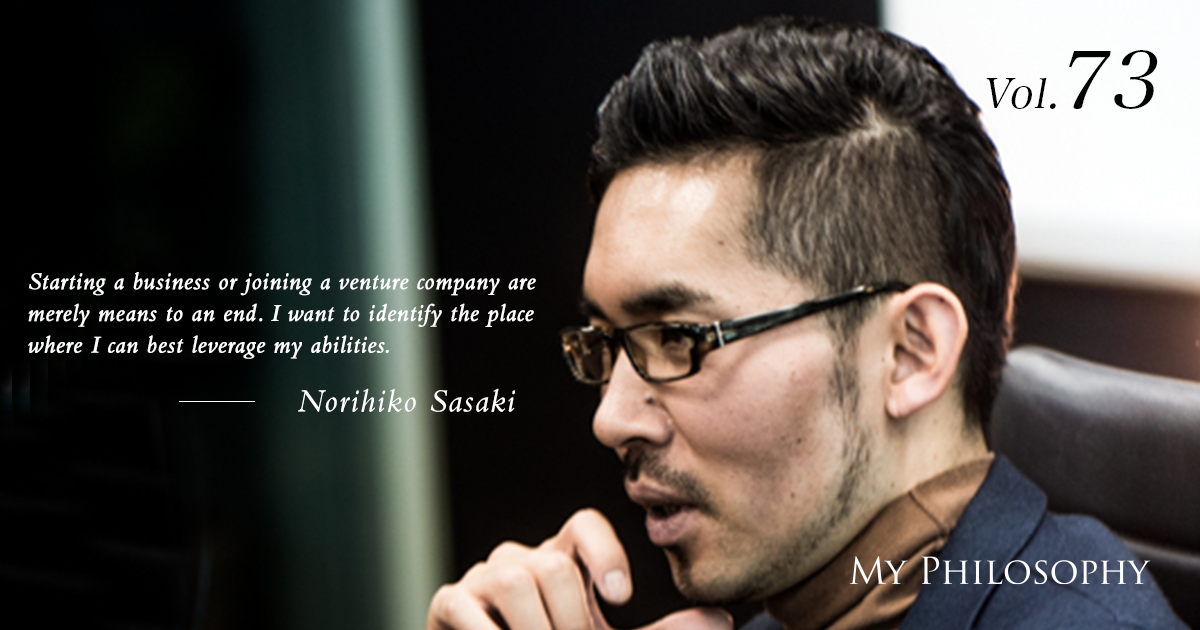
Norihiko Sasaki, who made a surprising move from being the editor-in-chief of "Toyo Keizai Online" to "News Picks," a popular economic news sharing app, shared his insights. We asked him how he views the future of media from the perspective of a curation platform.
Profile
Vol.73 Norihiko Sasaki
Executive Director, Editor-in-Chief of NewsPicks | Editor | Journalist
Born in Fukuoka Prefecture in 1979, he graduated from Keio University’s Faculty of Policy Management and earned a master’s degree in International Political Economics from Stanford University Graduate School. At Toyo Keizai Inc., he covered the automotive and IT industries. In November 2012, he was appointed Editor-in-Chief of "Toyo Keizai Online." Since July 2014, he has held his current position. His authored works include “Japan 3.0 (Nihon 3.0)” (published by Gentosha), “Are American Elites Really That Great? (Beikokusei Elite wa Honto ni Sugoi noka)” (published by Toyo Keizai Inc.), and “Will Media Be Profitable in 5 Years? (Go nen go, Media wa Kasegeru ka)” (published by Toyo Keizai Inc.). He also co-authored “Career Strategies for the Post-Heisei Era (Post Heisei no Career Senryaku)” with Makoto Shiono (published by Gentosha).
The Future Direction of Media
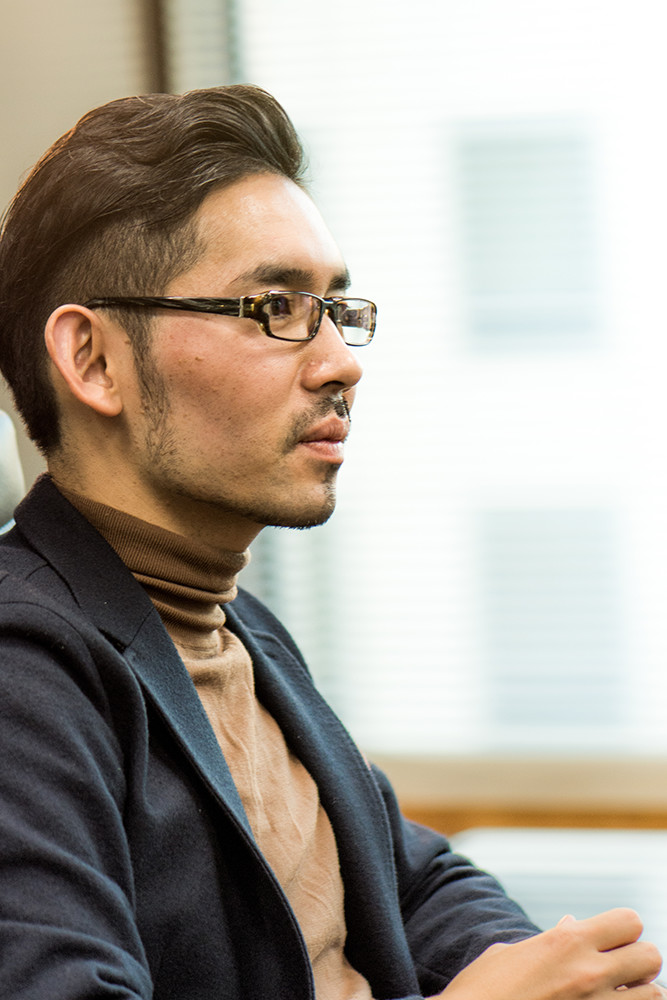
As we head toward 2020, I believe the first major transformation in media will be driven by “5G.” This refers to the fifth-generation mobile communication system currently under standardization, which will boost communication speeds by about 100 times compared to the prevailing LTE and 4G technologies. This will herald the true arrival of the “video era,” inevitably leading us into a period where video becomes more advantageous than text.
Another significant theme over the next five to ten years will be whether media companies undergo reorganization. Frankly speaking, the media industry has lagged behind other sectors. I envision a scenario akin to the shocks experienced by IBM or Yamaichi Securities, where the industry could face a similar transformation. We are approaching a time when newspapers and magazines may undergo reorganization and consolidation. On the other hand, despite predictions that the nature of television will change, I believe it will remain the most powerful mass media for at least the next decade or so. If television networks can leverage 5G to stream content online, new opportunities will arise. In fact, I sense that NHK is already moving in that direction. The web could complement television, acting more like a partner, which would broaden the scope of possibilities.
Regarding the strengthening of web media, the key lies in how much the paid model can be expanded. As of the end of September 2016, NewsPicks had around 50,000 paid subscribers, but I feel a significant shift will occur when platforms with hundreds of thousands of users emerge. Just recently, DAZN, a video streaming service specializing in sports run by the UK’s Perform Group, surpassed one million subscribers in Japan within its first year of operation. Japan’s major telecommunications companies are also investing heavily in enhancing their paid video streaming services, which will likely intensify the competition even further.
DNA from the Iron City of Kitakyushu
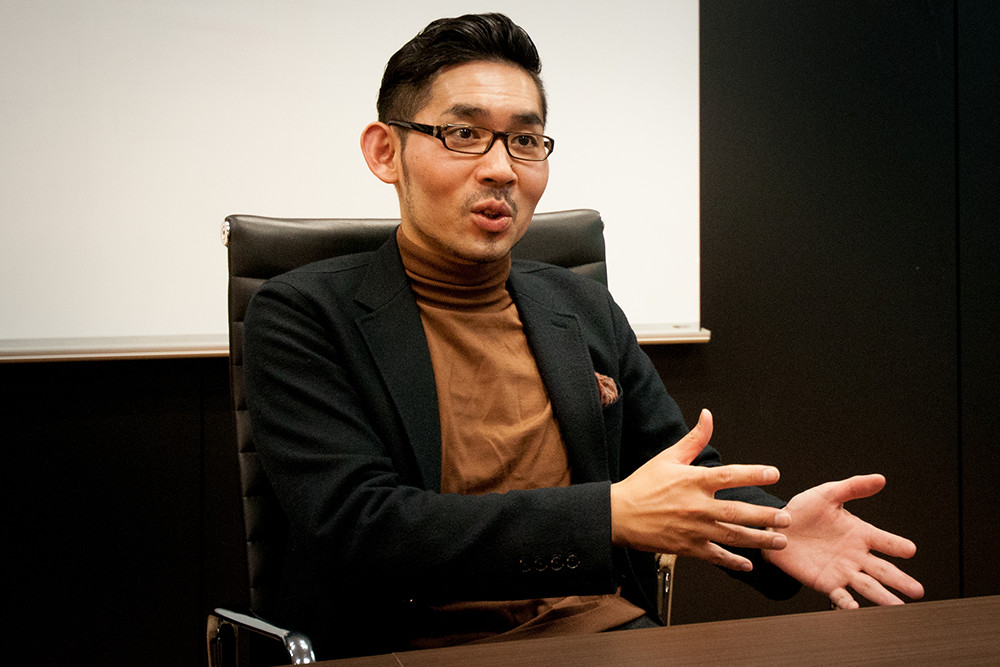
I was born in Fukuoka Prefecture, but I’m not from Hakata—I’m a native of Kitakyushu. Both were cities with populations of around one million, but now Fukuoka has surpassed 1.5 million, while Kitakyushu has fallen below the one-million mark. The cultures of these two cities are quite different. Hakata is known for its delicious food, refined culture, and numerous celebrities. In contrast, Kitakyushu is an “iron city.” If we compare it to an American city, it’s probably like Detroit (laughs). Historically, Kitakyushu has also been a city of immigrants, attracting various people, including those from overseas.
My grandfather was a Satsuma warrior who revered Takamori Saigo. He served as a military doctor during the war and later opened a practice in Kagoshima, but it was difficult to make ends meet. During that time, as Japan’s iron industry flourished, many people flocked to Kitakyushu in search of work. Our family relocated from Kagoshima, where my grandfather worked as an industrial physician. As a result, Kitakyushu is a city that retains a certain ruggedness and dynamism, characteristic of its “factory culture.”
I believe this ruggedness is embedded in my DNA as well. Although both Takafumi Horie and Masayoshi Son are also from Fukuoka, there’s a strong culture here, even within Japan, that encourages thinking outside the box, trying new things, and taking action. Furthermore, Hakata is a city of merchants, so there’s a culture of respecting those with good taste and creativity. And, I have to say, the proportion of beautiful women in Fukuoka is quite high (laughs). When I came to Tokyo for university, I noticed that there seemed to be more beautiful women in Fukuoka.
Hungry & Noble
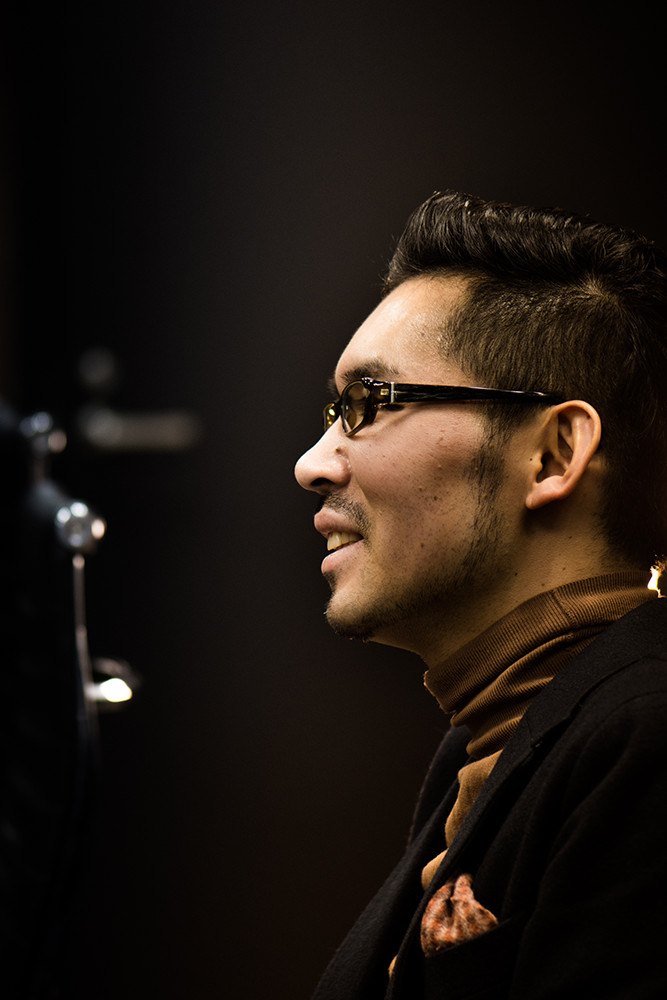
There’s a growing number of students who say they don’t know what they love, and it’s often said that young people today are too passive. But I believe the same can be said about adults. Many people argue that “large corporations have become completely bureaucratic, making it impossible to expect innovation,” and I agree with them.
In Japan, there’s an incredibly high “corporate employee index,” so to speak. But on the flip side, even if someone has climbed the corporate ladder, there’s a high chance they might not be valuable in another company. I feel this is stalling Japan’s progress. However, I don’t believe that being passive is inherently a part of Japanese culture.
Phil Knight’s book Shoe Dog, the memoir of Nike’s founder, is a bestseller, and it’s filled with stories of Japanese people, especially those from Nissho Iwai, who had a strong ambition that they even tried to outwit Knight. Japanese businessmen during the high economic growth period were extremely powerful. The idea that this could change so dramatically in just a few decades isn’t due to a shift in “temperament” or “culture.” I think it’s simply that today’s lukewarm environment has made people this way.
This hungry spirit might stem from feelings of “resentment” or “anger.” A sense of justice, the idea that “this cannot be tolerated,” can fuel one’s motivation. While data, theory, and logical thinking are essential, relying solely on these can cause one to lose their identity. It’s also important to value emotions, subjectivity, and personal likes and dislikes. In this sense, I believe that if the environment changes, Japanese people will inevitably have a hungry spirit again.
In the book “Career Strategies for the Post-Heisei Era (Post Heisei no Career Senryaku)”, which I co-authored with Makoto Shiono from IGPI (Industrial Growth Platform, Inc.) last December, Shiono concludes that the qualities of a post-Heisei leader are “Hungry & Noble.”Noble,” he means having a”sense of noble spirit” or a “commitment to working for the public good.The greatest problem Japan faces today is the lack of leaders who embody these two qualities. I’m concerned that initiatives like the much-talked-about “work style reform” might only lead to creating more small-minded individuals. While it’s important to be mindful of overworking, truly remarkable people seamlessly integrate work and life, demonstrating incredible levels of concentration.
Identifying the Place Where You Can Maximize Your Potential
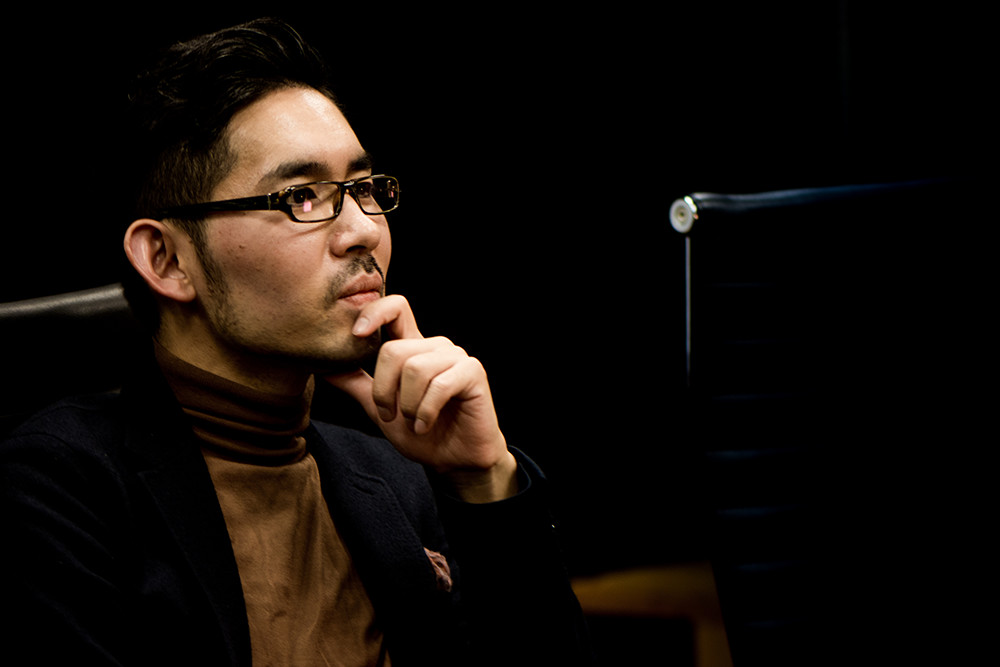
While we work in the media industry, technological advancements alone do not drive change. I believe that changing people’s values and ways of thinking is essential. That’s why, since last April, we’ve been putting a lot of effort into NewsPicks Academia, an event and educational business. Within our company, we humorously refer to this as the “Yukichi Fukuzawa Model” (laughs). It’s about creating a place where media (Jiji Shinpo), education (Keio University), and social interaction (Kojunsha)—the three pillars that Fukuzawa promoted—are integrated.
Looking ahead, I also want to create a social venue similar to Kojunsha. A place where people can casually gather over coffee, drinks, or meals, meet new people, and brainstorm ideas. I’m especially committed to providing a space where young people can thrive.
Starting a business or joining a venture company are just means to an end. The key is to determine whether you can make an impact on the world and where you can best utilize your strengths. People often ask me, “Sasaki-san, why don’t you go independent?” But I love my current company, and I particularly resonate with the founders’ vision, so I don’t feel the need to go independent. What one can achieve individually is limited. When people with the same vision come together, they can create a massive impact, especially during times of transformation like now.
A friend of mine, Masashi Omuro, an industrial physician, once said, “At 40, you undergo a modern-day coming of age,” and I completely agree. I have a strong awareness that at 40, a person essentially dies—the first half of life comes to an end. The period of acquiring skills and “training” should conclude in your 30s. Of course, there’s growth beyond 40, but the 40s are when you step onto the main stage of life, applying everything you’ve cultivated so far.
At 38, I only have a year and a half left in my 30s. My goal is to sprint through the remaining years of my 30s and establish NewsPicks as Japan’s leading economic media platform by 2020, helping to shape a new era. What comes after that? People often ask me this over drinks (laughs), but I tend to plan my life in three-year terms, so I haven’t really thought about what comes next. I might stay with NewsPicks, or I might not. I’ll simply go where I can best do what I want to do at that time. Honestly, that’s all I think about (laughs).
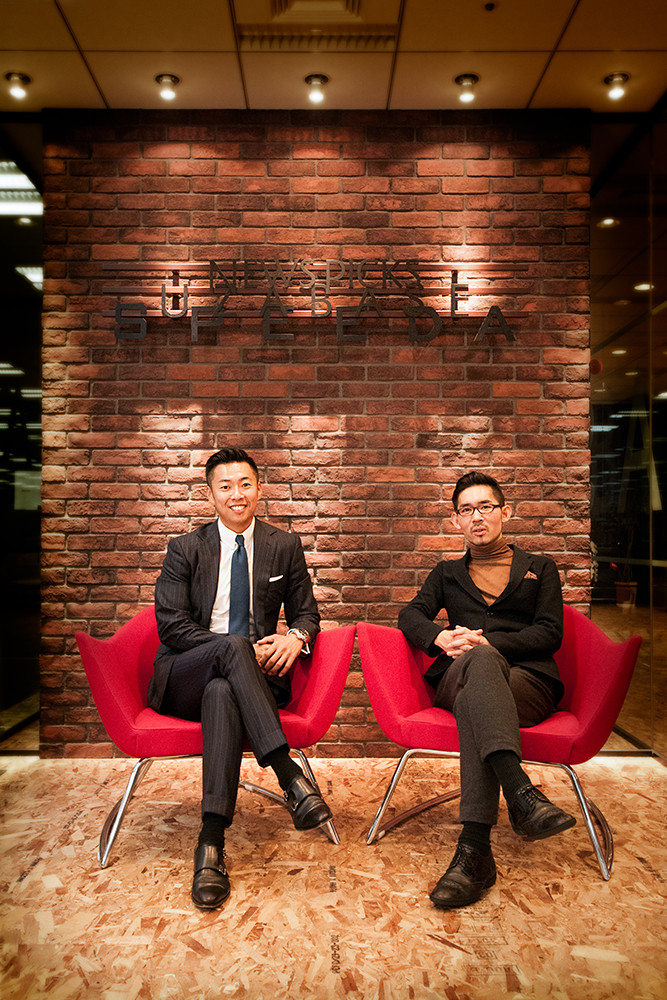
DK Sugiyama exudes an energy that is quite uncharacteristic for a Japanese person. When I first met him, I thought, “This is someone who people will either really like or strongly dislike” (laughs). As an editor, I enjoy working with people who are sharp and stand out, so I found Mr. Sugiyama’s assertiveness refreshing.
Since we are the same age and both graduated from Keio University’s Shonan Fujisawa Campus (SFC), our conversation quickly took off. Both Mr. Sugiyama and I are big fans of Yukichi Fukuzawa and share a strong interest in education. Although we operate in different fields, we each engage in activities aimed at contributing to education, even if just a little. I hope that when we eventually pass on (assuming there is an afterlife—laughs), Fukuzawa-sensei will say, “You two contributed at least one-thousandth as much as I did to society.” Let’s work together toward that goal!
Norihiko Sasaki, Executive Director, Editor-in-Chief of NewsPicks | Editor | Journalist
Although I never had the chance to meet Norihiko Sasaki during our student days, I have followed his career with great interest, secretly (laughs), particularly as he has made such a significant impact in society. Reading his books and writings, I am always impressed by his willingness to embrace new challenges, his keen observational skills, and his straightforward, refreshing proposals. His dedication to preparing both himself and his company for the next five to ten years resonates with me deeply as someone from the same generation.
The interview left me with a strong sense that it is now our turn, as SFC’s so-called “Exchange students from the future,” to take the lead in guiding society. I look forward to collaborating with Mr. Sasaki in developing educational theories that can be applied globally.
November 2017, At NewsPicks Inc. Translated by ILI Inc.




